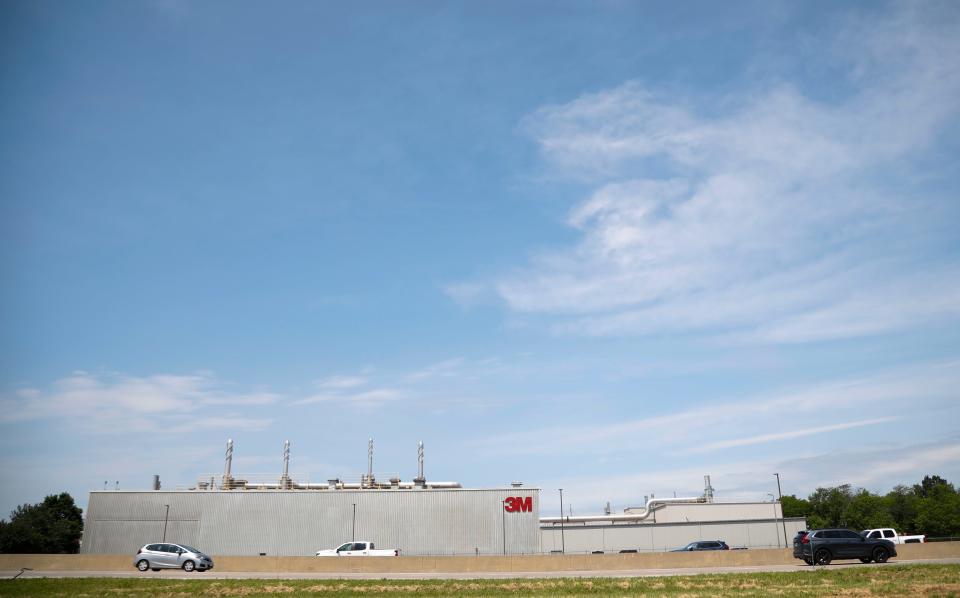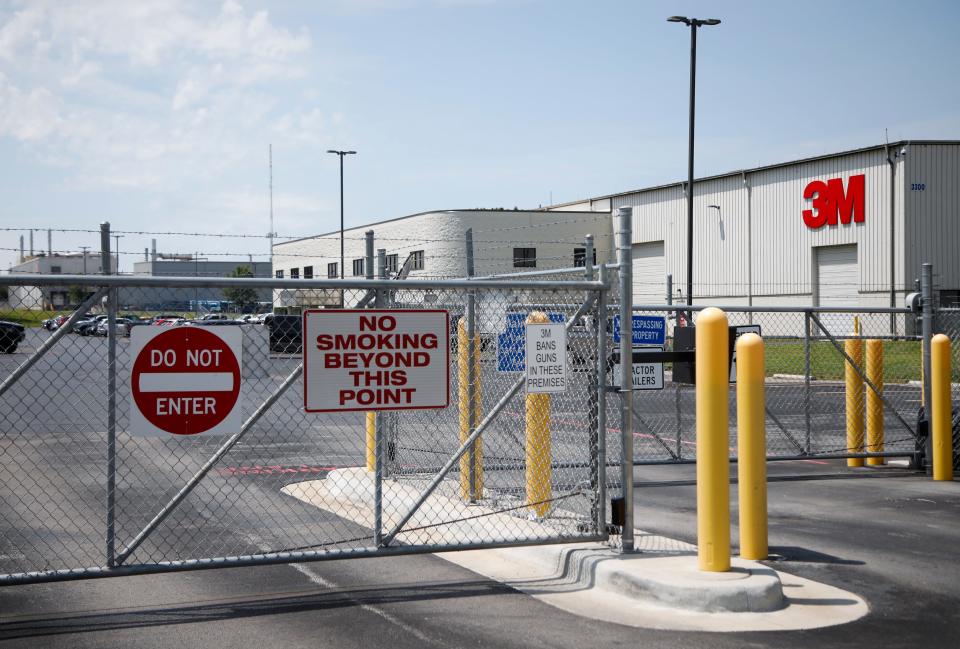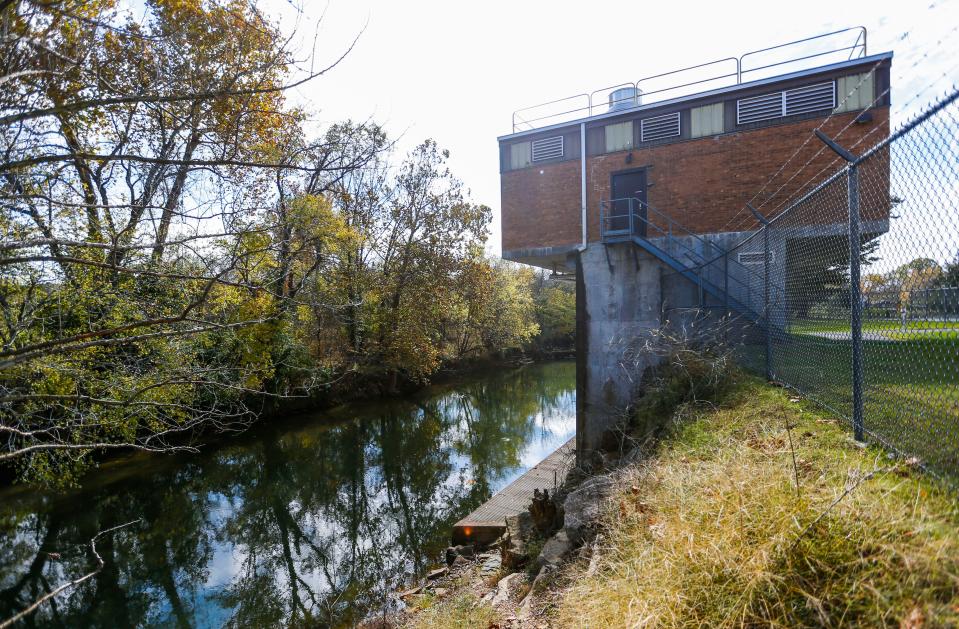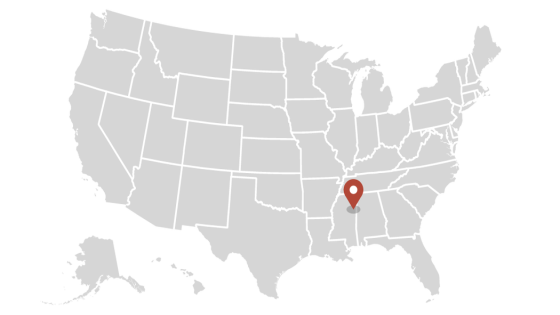City Utilities is suing Minnesota-based manufacturer 3M for illegally dumping “forever chemicals” at their Springfield plant that have and continue to contaminate the groundwater and the water at James River, a source of drinking water for the utility.
At the core of the lawsuit is the contamination of Springfield’s drinking water supply with PFAS, or per- and polyfluoroalkyl substances. The man-made chemicals, widely used since the 1940s in a wide array of products and industrial processes, break down extremely slowly and can build up in humans and wildlife and lead to increased risk of certain cancers and other serious health complications, though the full impact on health is not yet known. 3M has been a leading manufacturer of the compounds, which have been found in firefighting foams, cleaning products, cookware, carpeting, food packaging and beyond. In April, the U.S. Environmental Protection Agency finalized the first nationwide, legally enforceable drinking water regulations on five individual types of PFAS and a hazard index for mixtures containing two or more of certain PFAS.
ln anticipation of these regulations, CU began testing Springfield’s water supply in November 2022. Through the sampling, the utility detected concentrations of PFOS, a chemical within the PFAS umbrella, between 3.1 to 16 parts per trillion (ppt). For comparison 1 ppt is equivalent to one drop of water in 20 Olympic-size pools. The EPA’s new regulations establish maximum contaminant levels for PFOS and PFOA at 4 ppt but set 0 ppt as the final health-based, non-enforceable maximum contaminant level goal for the compound. Upon seeing these results, CU has been blending water from the James River with water from Fellows Lake to stay below the 4 ppt threshold and is exploring long-term removal options. Tap samples from March 5 showed all PFAS levels below the new EPA limits, according to CU.

What does the lawsuit claim?
The citizen lawsuit filed on Monday in the U.S. District Court for the Western District of Missouri Southern Division accuses 3M of violating the Clean Water Act, Resource Conservation and Recovery Act and rules of a stormwater discharge permit. Through the lawsuit, CU asks the courts to order the manufacturer to stop ongoing discharge of the chemicals, conduct sampling and provide adequate treatment technology to rid the city’s drinking water of PFAS.
3M’s Springfield plant at 3211 E. Chestnut Expressway has been in operation manufacturing adhesive and tape since 1967. CU claims that until 2020, 3M tested its aqueous film-forming foam (AFFF) fire suppression system annually, discharging spent wastewater onto the property and into its stormwater system. AFFF is commonly used as firefighting foam and known to contain PFAS. The testing of this foam and the subsequent discharge of it and the wastewater was a violation of the state operating permits, according to a letter sent to 3M by the Missouri Department of Natural Resources that CU submitted as an exhibit on the case.


According to the lawsuit, at some point prior to August 2020, 3M tested the plant’s stormwater retention pond and the water discharged from the stormwater outfalls, which showed significantly elevated levels of multiple PFAS compounds. The stormwater and groundwater from the plant, the lawsuit notes, flows into several karst features and a sinkhole less than a mile from the plant, which in turn flows into Jones Spring.
Jordan Creek, Pearson Creek and Jones Spring are tributaries of the James River. The plant is located approximately three miles upstream from the James River Blackman Water Treatment Plant intake. Water samples from Jones Spring collected between August 2023 and March 2024 show PFOS levels at more than 100 ppt, PFOA above 5 ppt, PFHxS above 40 ppt and PFBS at more than 20 ppt. New EPA regulations limit PFHxS levels at 10 ppt. Samples of Jones Spring, Pearson Creek and James River taken upstream from the plant have contained detectable PFAS, according to the lawsuit documents.


“We believe 3M’s mishandling of PFAS at their site has also contaminated ground water in the area as well as Jones Spring,” a statement from CU provided to the News-Leader noted. “We are not aware of any public or privately operated supplies affected by 3M’s contamination other than City Utilities’ Blackman Water Treatment Plant.”
3M notified the Missouri Department of Natural Resources of the following stormwater retention pond concentration ranges in 2020: 2,000-3,000 ppt of PFOS, 400-500 ppt of PFHxS, 40-50 ppt of PFOA and 40-50 ppt of PFBS. However, CU claims 3M did not notify them of the amount of PFAS present in its discharges. The manufacturer did notify the utility of detected levels in drinking water in March 2022 but asserted that 3M is not the source of the contamination.
What has 3M done since 2020?
According to the lawsuit documents, after disclosing results to the Missouri Department of Resources, 3M began collecting a portion of the wastewater flushed through the fire suppression system and installed granular active carbon (GAC) filters to reduce PFAS levels in contaminated stormwater.
A 3M presentation to CU and DNR from December 2023 filed as an exhibit in the lawsuit noted that the plant had enrolled in the Brownfield Voluntary Cleanup Program that year. In December 2022, 3M announced a plan to phase out the use and manufacturing of PFAS by the end of 2025.
More: EPA plans to issue new drinking water rule regarding PFAS. How could it affect Missouri?
Still, CU alleges that the presence of PFAS within the plant’s groundwater, stormwater system and retention pond, which has overflowed at least twice, continues to be a contaminant source to the greater area every time it rains.
Last year, CU filed a separate lawsuit against 3M and more than 20 other PFAS manufacturers, including DuPont, for manufacturing and using PFAS in a wide range of products while knowing and hiding the risks of the chemicals from regulators and the public as part of multidistrict liability litigation on the subject. 3M and DuPont have been the leading manufacturers of PFAS. According to a Time article from last June, 3M paid out $10.3 billion to at least 300 entities in a similar multidistrict litigation case.
Marta Mieze covers local government at the News-Leader. Have feedback, tips or story ideas? Contact her at [email protected].
This article originally appeared on Springfield News-Leader: 3M sued by City Utilities for knowingly contaminating water
Source Agencies


